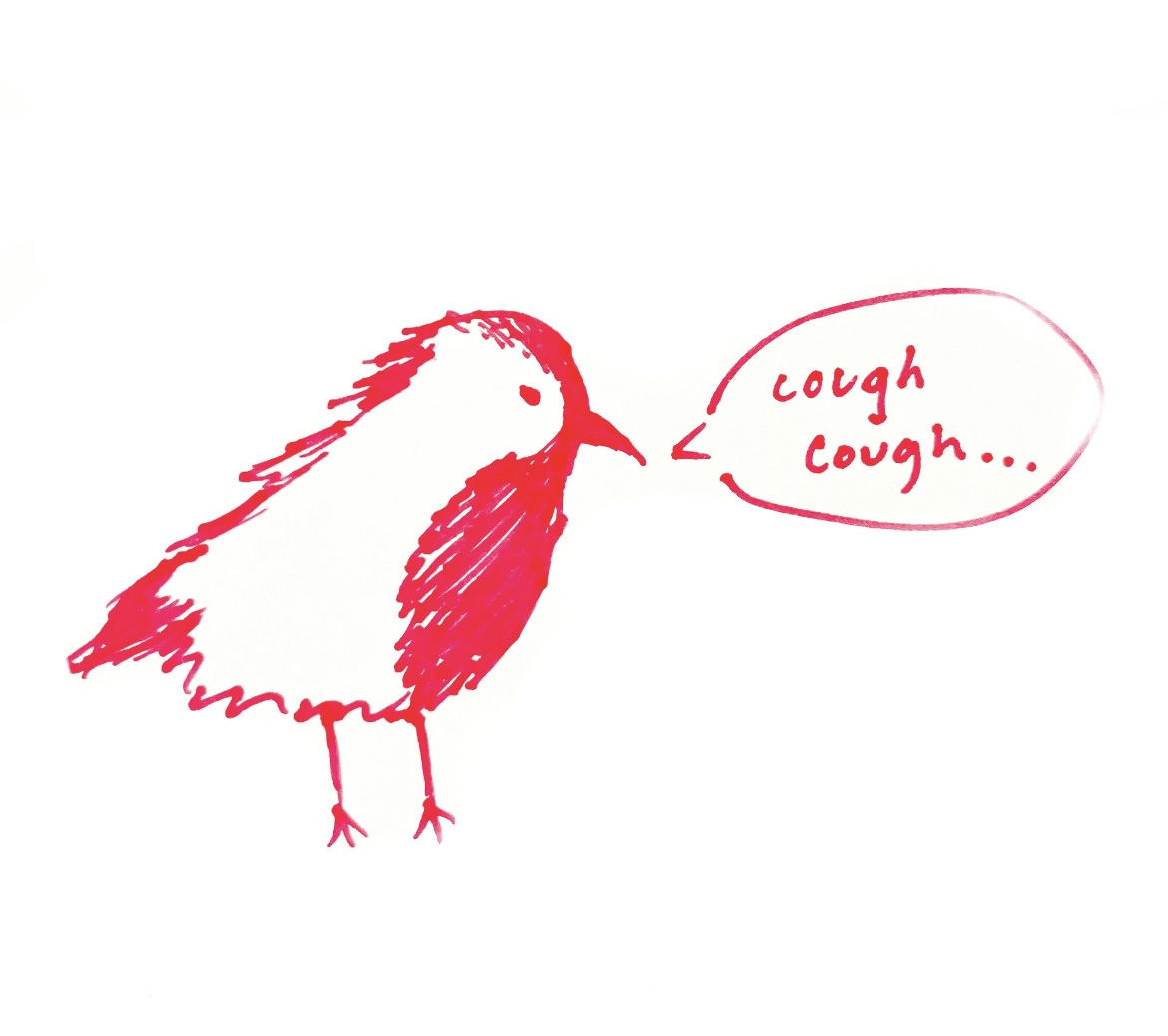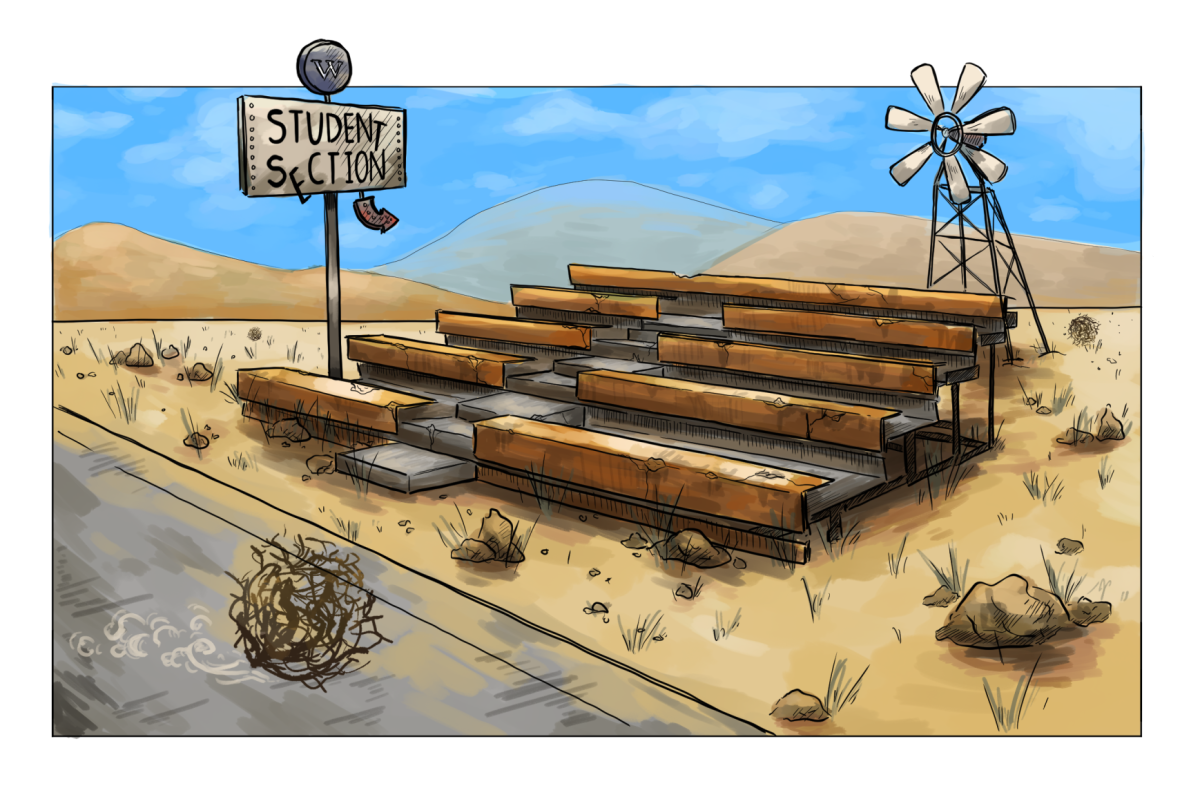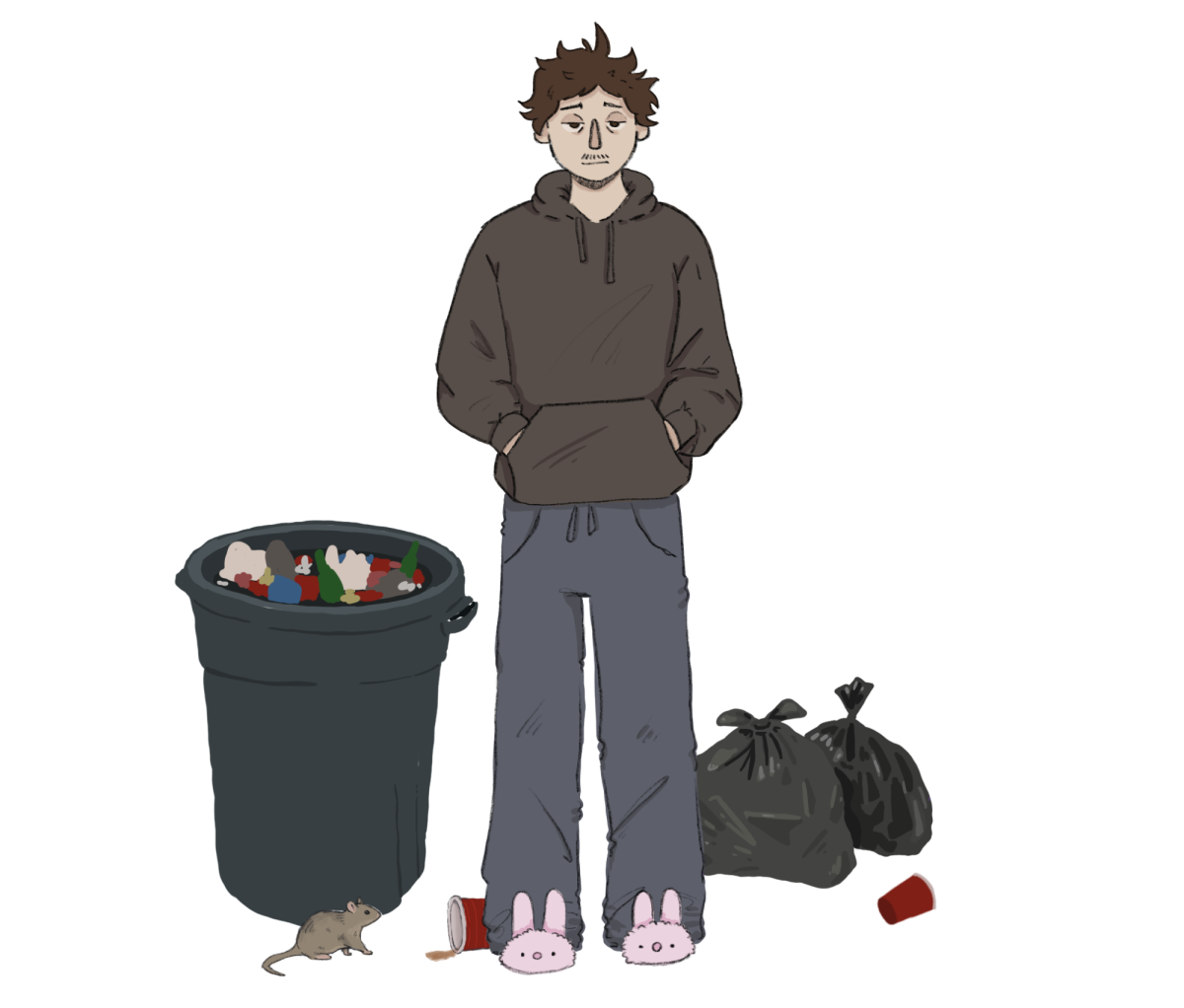Hashtags on TikTok cemented the phrase “teenage girls in their 20s” to describe the current 2000s trends of low rise jeans, Twilight core and the Jonas Brothers going back on tour. But you know what nobody ever shuts up about, completely separate from whatever the newest nostalgia craze is? The 1980s. From the advent of trickle down economics to god-awful acid wash jeans to the satanic panic, there’s not much that makes the ’80s better than other decades. But I have one idea why this happens: we have a bunch of preteen boys in their 50s walking around.
This is not a huge revelation, we have Stranger Things, the reboot of the wonder years and much more ’80s nostalgia bait on our computer screens. Let’s face it, your dad has been a teenager for most of his life, from around ages 16-48, and now he’s settling into his middle years and has the sudden urge to revisit the simplicity of his late childhood with new fiscal security. Now he’s feeling inhibitionless, his mid-life crisis doesn’t take the form of buying a giant sports car and skydiving, but actually making real friends.
Post marriage and nuclear family, your dad now has freedom of expression (your mom’s a different story). Instead of being consumed by societal pressures to find a stable job, get married and have 2.5 kids, your dad can now be consumed by existential wants he hasn’t felt since age 13.
You see, teenage girls in their 20s are a phenomenon less about material trends and more about the fear of accepting and performing adulthood. The preteen boy is the temporal inverse: now that he’s achieved adulthood by every standard, he wants to shed his adult persona in pursuit of what he feels is more reflective of his core identity. In both instances the teenage girl and the preteen boy feel a fundamental disconnect with the inner workings and expectations of adulthood.
However, regardless of these similarities, communication between the teenage girls in their 20s and preteen boys in their 50s may simply remain: “I’m hungry.” “Hi Hungry, I’m Dad.”




